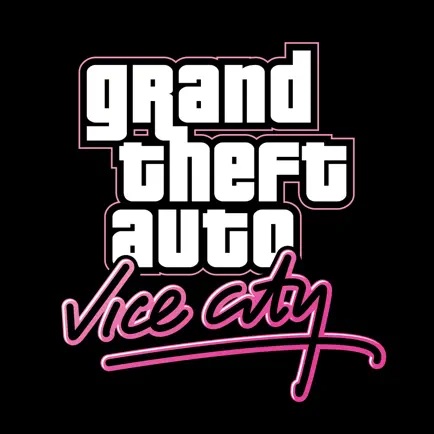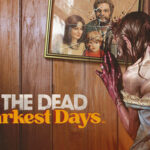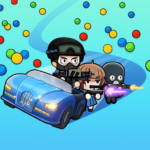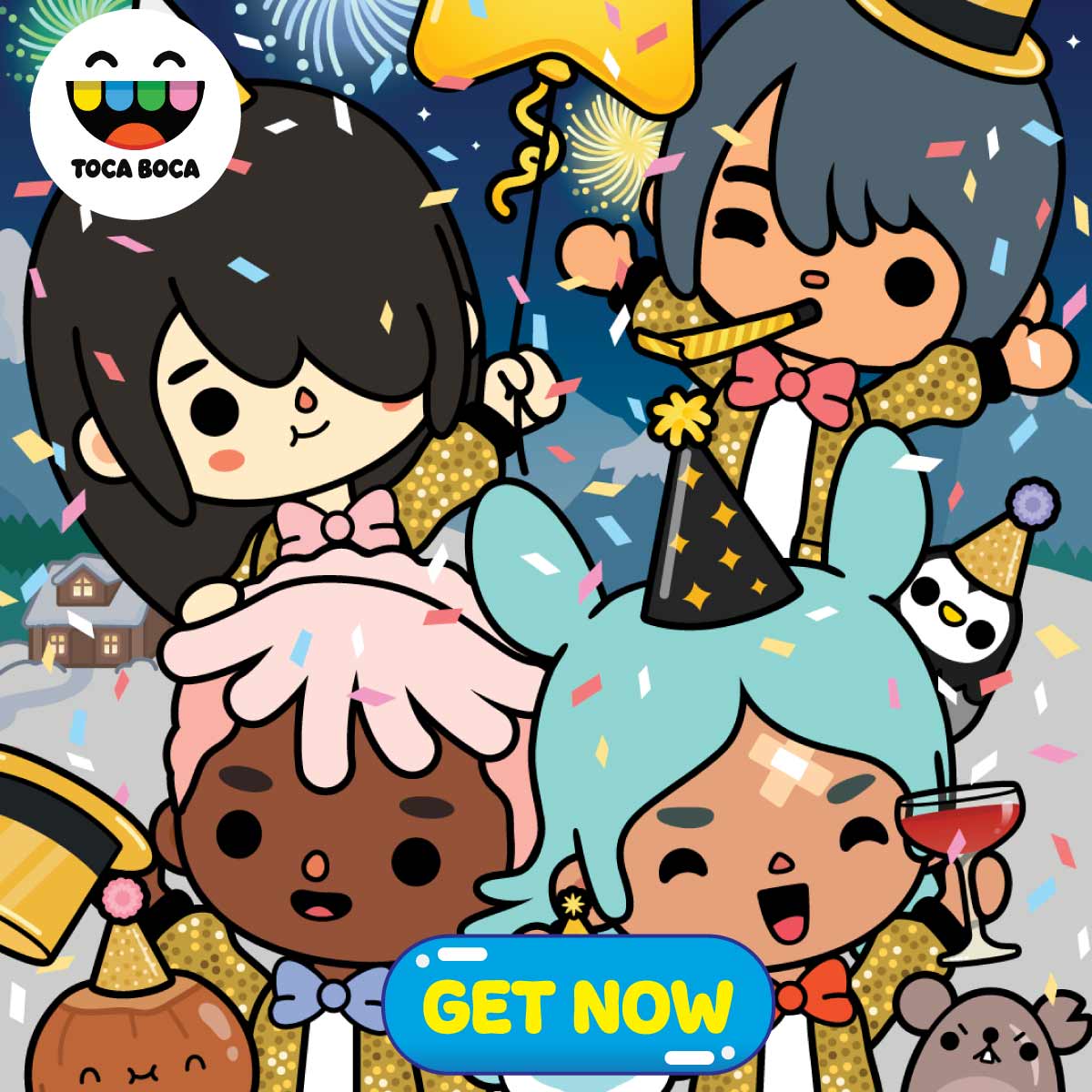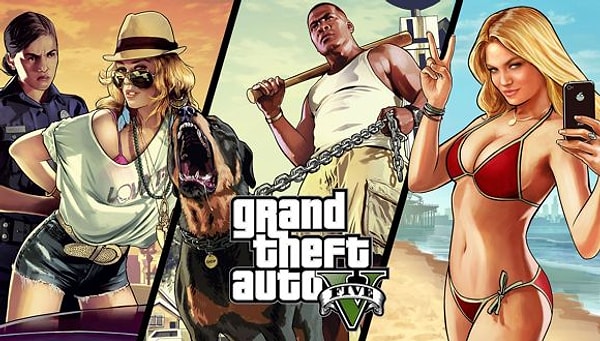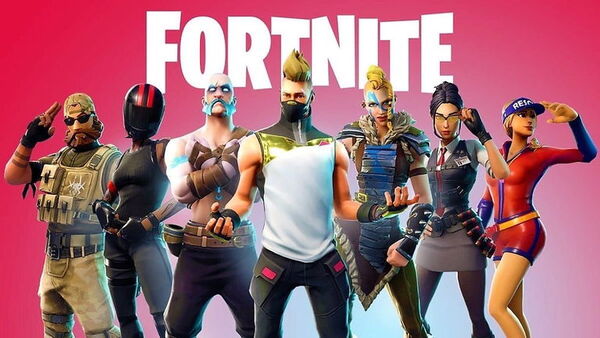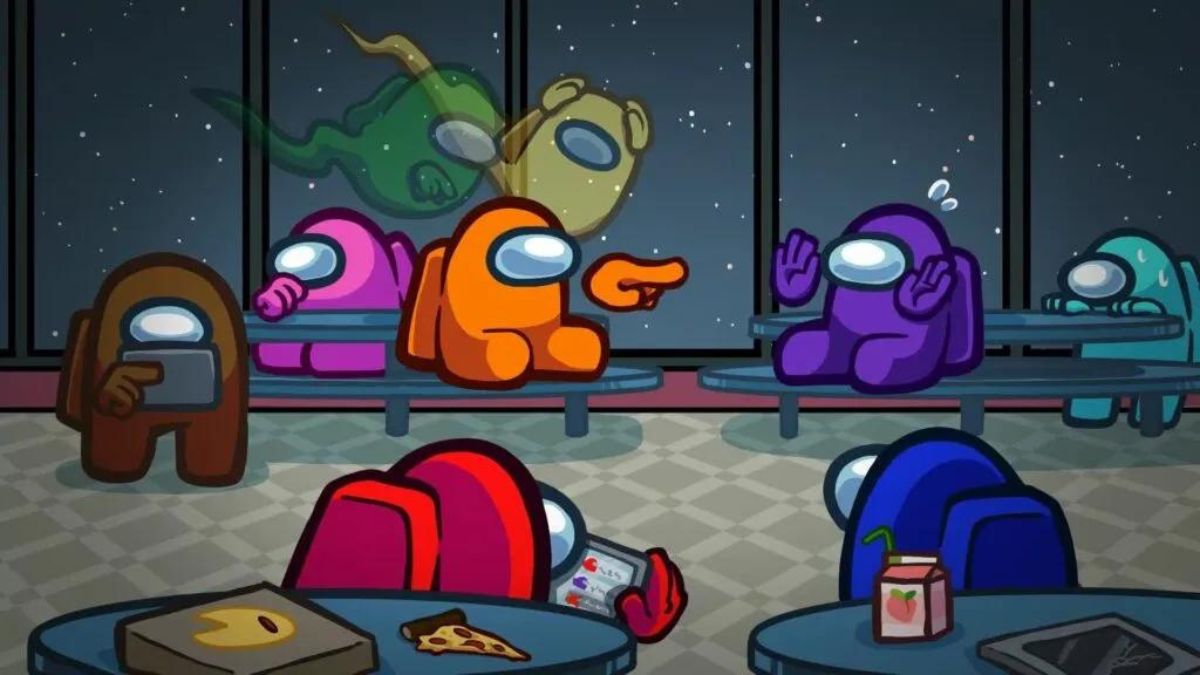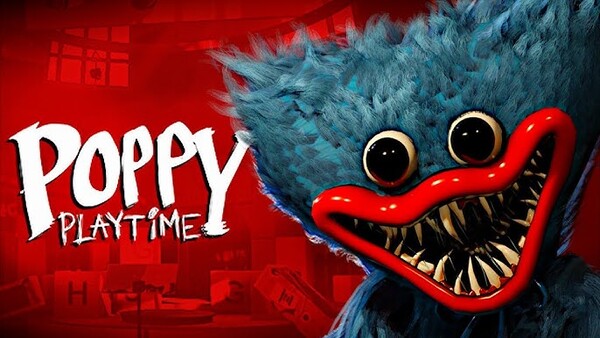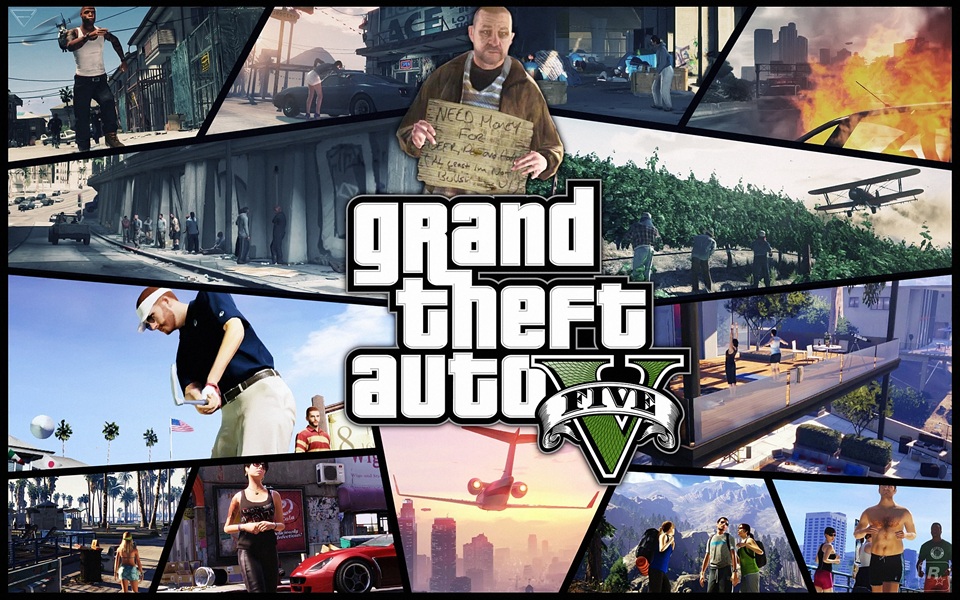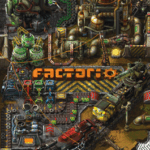Grand Theft Auto: Vice City is widely regarded as one of the most influential open-world action-adventure games of its time. Released by Rockstar Games in 2002, Vice City transported players to a vibrant, neon-soaked reimagining of 1980s Miami. With its unique blend of storytelling, open-ended gameplay, and cultural homage, Vice City cemented itself as a beloved classic in the Grand Theft Auto series and the broader gaming landscape. This article explores Vice City’s development, gameplay innovations, cultural impact, and enduring legacy.
1. The Birth of Vice City: Background and Development
Following the massive success of Grand Theft Auto III, Rockstar Games sought to build upon the open-world formula by injecting a distinct personality and atmosphere into their next project. Vice City was conceived as a homage to 1980s Miami, inspired by pop culture icons like Miami Vice, Scarface, and Goodfellas. The team aimed to capture the era’s style, music, and mood, creating an immersive world steeped in nostalgia.
Development began in the early 2000s, with Rockstar leveraging the same game engine as GTA III but expanding and refining it to support a larger, more vibrant world. The inclusion of vehicles like motorcycles, helicopters, and boats marked a significant gameplay expansion. The soundtrack, featuring hits from the '80s, was also carefully curated to enhance immersion.
2. Storyline and Characters: A Crime Saga Set in the '80s
Grand Theft Auto: Vice City follows Tommy Vercetti, a former mobster recently released from prison. Sent to Vice City by his old boss to oversee a drug deal, Tommy quickly finds himself embroiled in a violent and complex underworld struggle after the deal goes awry. The game’s narrative explores themes of power, betrayal, and ambition, drawing players into a gripping crime drama.
Tommy’s rise from small-time thug to city kingpin is supported by a cast of colorful characters, including Lance Vance, Ken Rosenberg, and Avery Carrington. These characters add depth and variety to missions, often blending humor with gritty storytelling. The voice acting, featuring talents like Ray Liotta as Tommy, elevated the game's cinematic quality.
3. Open World Design and Exploration
Vice City’s map is vast and richly detailed, featuring distinct districts inspired by Miami’s real neighborhoods. Players can explore beaches, neon-lit streets, suburban areas, and industrial docks. The open-world design encourages freedom, allowing players to approach missions in multiple ways or simply roam and interact with the environment.
The city’s dynamic day-night cycle and weather effects add to the immersive atmosphere. Players encounter pedestrians, random events, and police responses that contribute to a living world feeling. Vice City’s design set new standards for open-world game environments.
4. Gameplay Mechanics: Innovations and Freedom
Building on GTA III’s foundation, Vice City introduced several new gameplay elements. Players could now pilot helicopters and boats, vastly expanding traversal options. The inclusion of motorcycles and unique vehicles added variety and excitement.
The game also refined the weapon and combat systems, allowing more fluid and tactical fights. Players could enter buildings, engage in side activities such as vigilante missions, taxi driving, and property acquisition. These side activities provided additional gameplay layers and progression opportunities.
5. The Iconic 1980s Soundtrack
One of Vice City’s standout features is its meticulously curated soundtrack. The game includes multiple in-game radio stations, each dedicated to different genres of 1980s music including pop, rock, new wave, and disco. Artists featured include Michael Jackson, Blondie, Iron Maiden, and Toto.
The soundtrack is not only nostalgic but also deeply integrated into gameplay, playing during driving sequences and enhancing the city’s atmosphere. The radio DJs’ witty banter and commercials add humor and authenticity, making the music a character of its own.
6. Graphics and Technical Achievements
Vice City’s graphics were a significant leap forward in 2002, utilizing the RenderWare engine to create detailed character models, lighting effects, and expansive environments. The game balanced technical innovation with performance on PlayStation 2 and PC hardware of the time.
While primitive by today’s standards, the vibrant color palette and stylized visuals perfectly complemented the game's 1980s theme. The animations, from driving physics to character movements, felt fluid and helped bring the city to life.
7. Cultural Impact and Legacy
Vice City’s influence extends beyond gaming. Its depiction of the 1980s Miami lifestyle has inspired movies, music videos, and even fashion trends. The game’s success reinforced Rockstar’s reputation for pushing the boundaries of storytelling in video games.
Many modern open-world games cite Vice City as a major influence, particularly its blend of narrative depth and player freedom. The game also sparked passionate fan communities that continue to create mods, fan art, and tribute content decades after its release.
8. Criticisms and Controversies
Despite its acclaim, Vice City was not without controversy. Its depiction of violence, drug culture, and criminal activity drew criticism from some media outlets and watchdog groups. Concerns about the game’s mature content led to debates about video game regulation.
Additionally, some players criticized occasional mission difficulty spikes and AI inconsistencies. The lack of a multiplayer mode was noted by fans eager for shared experiences. However, these issues did little to diminish the game’s overall legacy.
